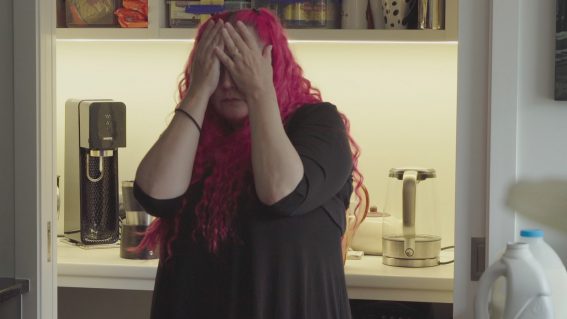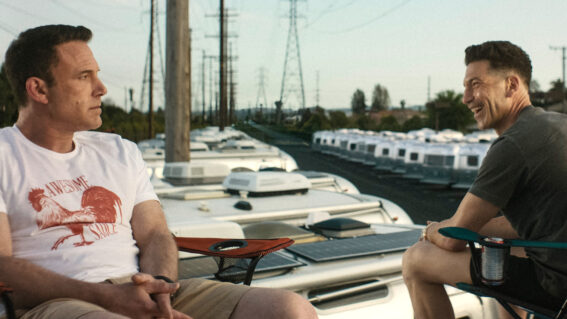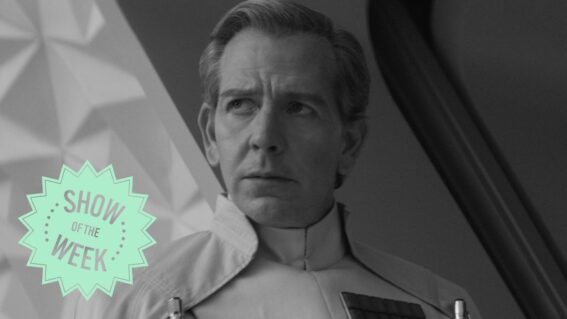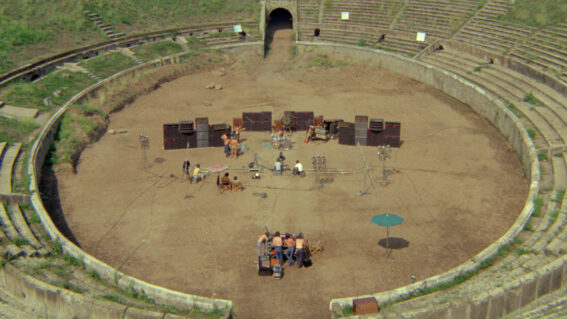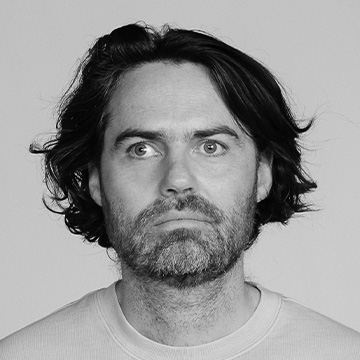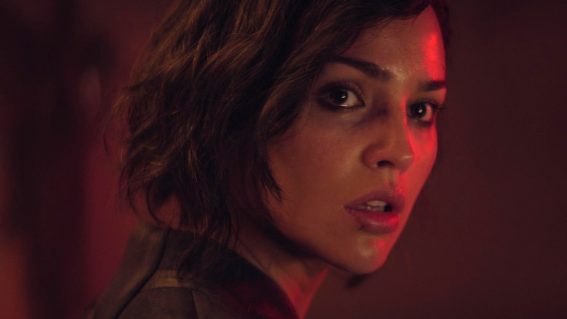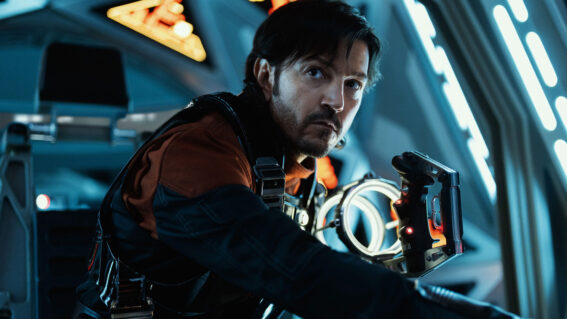Feeling the romance for the highly relevant film on NZ theatre legends Red Mole
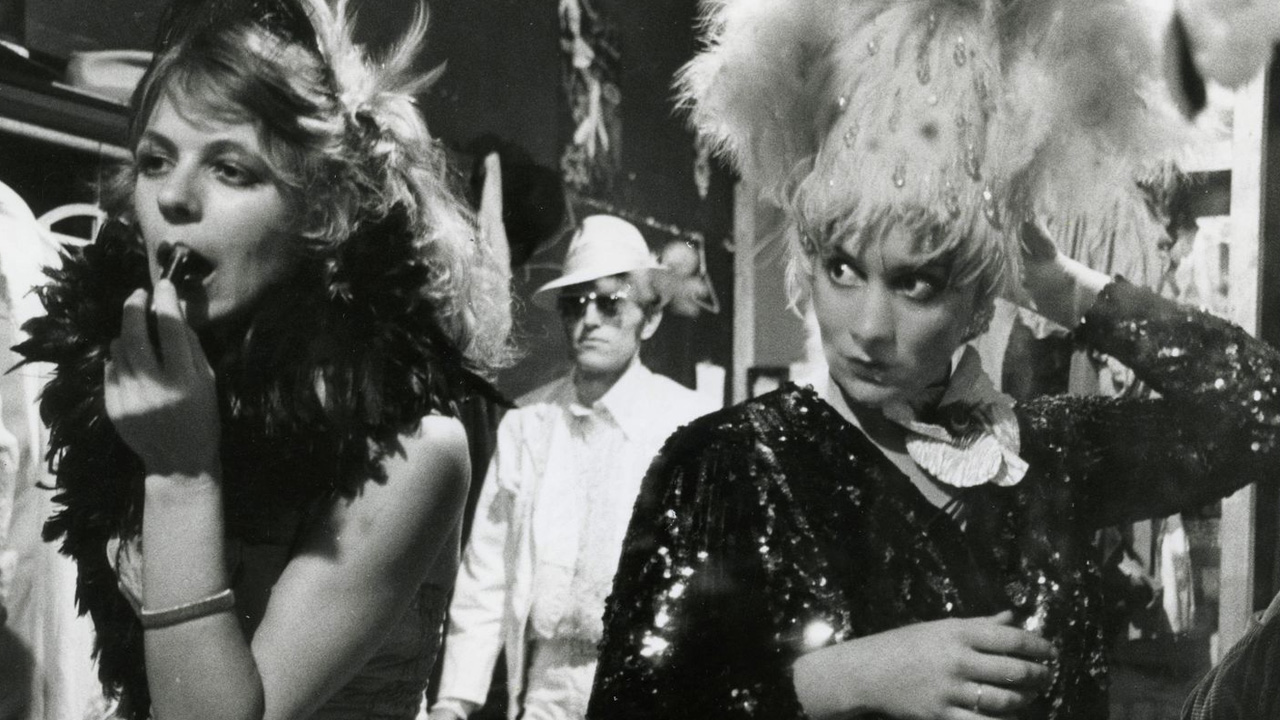
Playing as part of Whānau Mārama: New Zealand International Film Festival 2023, Red Mole: A Romance tells the story of the titular, boundary-pushing NZ theatre troupe. Director Annie Goldson tells us more about the group and getting the film made.
Describe your movie in exactly eight words.
A cultural history and a poignant personal tale.
How did you first come across red mole and what drove you to tell their story?
I knew them in the ‘day’. In fact, I left my job at Radio NZ and went to NYC with them in 1981—as it says, their experience was a bit like Flight of the Conchords, but earlier and darker. They were an extraordinary band of travellers, energetic, their theatre a combination of poetry, fire-eating, mask, dance, satire, live music and more. They were talented ‘outsiders’ in a way, with a strong set of personalities, and deeply political. Their story seems highly relevant and attractive to young people today.
Why is it ‘a romance’?
I think romance cuts both ways and suggests first the romance of theatre. ‘Keep the romance alive’ was the first sentence in Red Mole’s manifesto. But romance also alludes to a literal romance between the two, and yes three, key Red Mole members. The romantic nature of the troupe also attracted many followers. But romance can also be destructive, maintaining an illusion when perhaps level-headedness is called for.
Out of all the supporting material in the film—archival footage, photos, posters, etc—what one got you the most excited when you first laid hands on it?
Sam Neill made a great film ‘Red Mole on the Road’ in 1979 and TVNZ, ‘Life is a Zoo’ shot at the Auckland Zoo in the 1980s, so I managed to get some moving images mostly shot in 16mm or even 35mm. But at one level, the film is a history of technology. Red Mole were very photogenic so lots of photographers shot them in lovely black and white, but then as technology became more accessible and affordable, we see more slides and Super-8 film. Then there was an avalanche of video technologies—from Betacam, Video-8, Hi-8, Mini-DV, and of course VHS home movies.
During production, what was the biggest hurdle you had to overcome?
Just the sheer amount of labour involved in filmmaking. The film was effectively self-funded so I produced, directed, recorded sound, and was the principal editor. And I filmed in Mexico, New York and around Aotearoa NZ as that was where the story took me. Hats off to the University of Auckland who gave me some research grants that really helped cover some of the material costs of travel and to NZFC who gave me a finishing grant once the film was accepted into the festival.
But I managed to find a great team of young artists and filmmakers to take on critical roles, which was great as I also drew on their opinions too. Ewan Collins as composer, Harry Ashley, Heather Wallace and Ben Goldson as archivists and everything else—they were great.

What was the hardest cut you had to make in the editing room?
That’s always a hard one. I worked with Ruby Brunton, daughter of the two founders, and she was part of an extraordinary evening in Mexico, reworking the story of Persephone and Demeter and the ‘underworld’, a myth that is kicked off when the young girl is ‘violated’ by hades and spirited away. The themes—patriarchal violence, the use of food as a weapon in controlling women, mother/daughter separation—are relevant to our age and the film. But it was too complex a story to tell to make work.
For you, what was the most memorable part of this whole experience?
Probably finishing the film, to be honest.
What was the last great film you saw?
Recently I saw In the Shadow of Beirut at DocEdge, a beautifully shot film about the Sabra and Shatila neighbourhoods and the struggles and joys of the communities that live there, which include Palestinians, new Syrian refugees and many more. Filmed over about four years, so you got to know the characters well.


